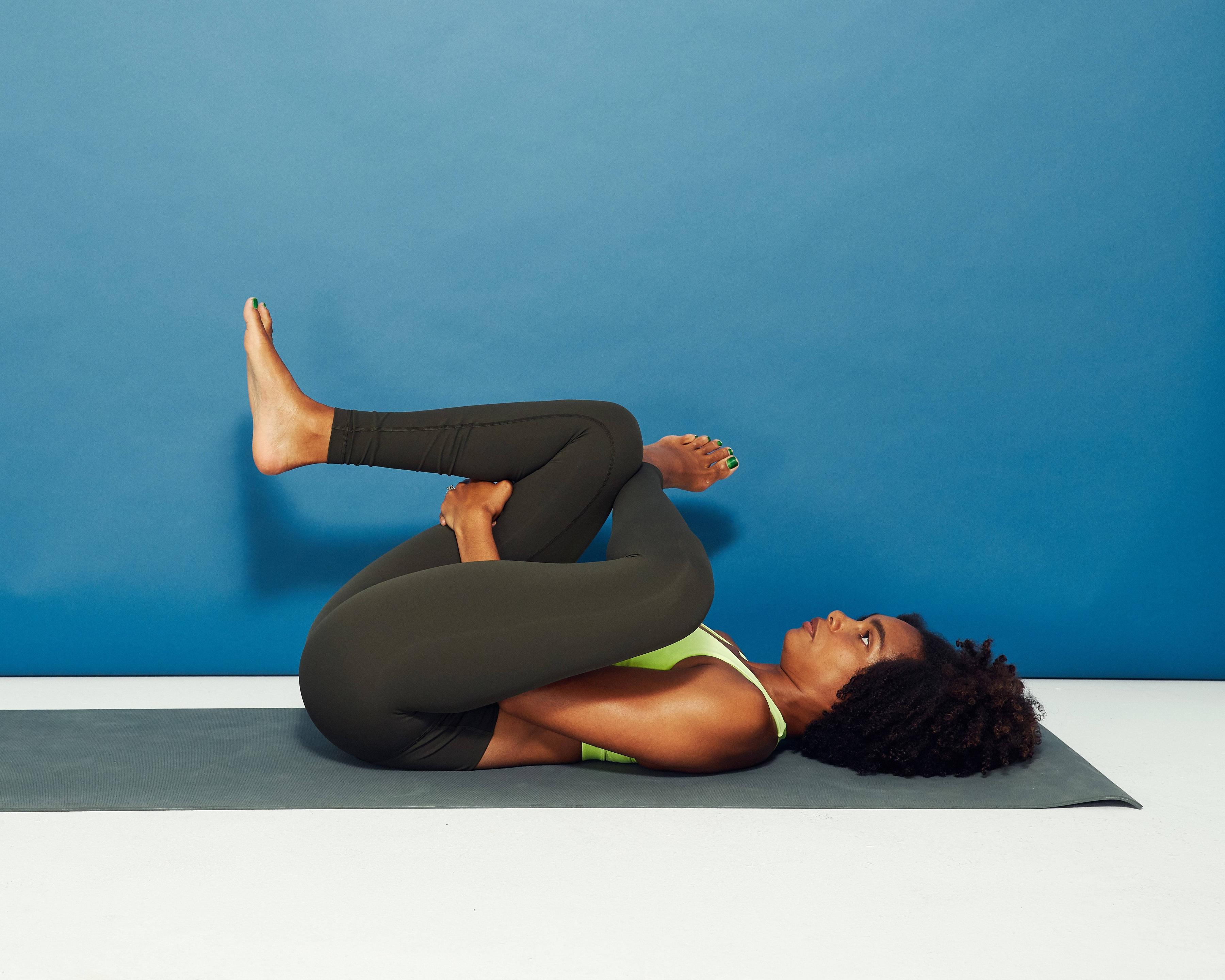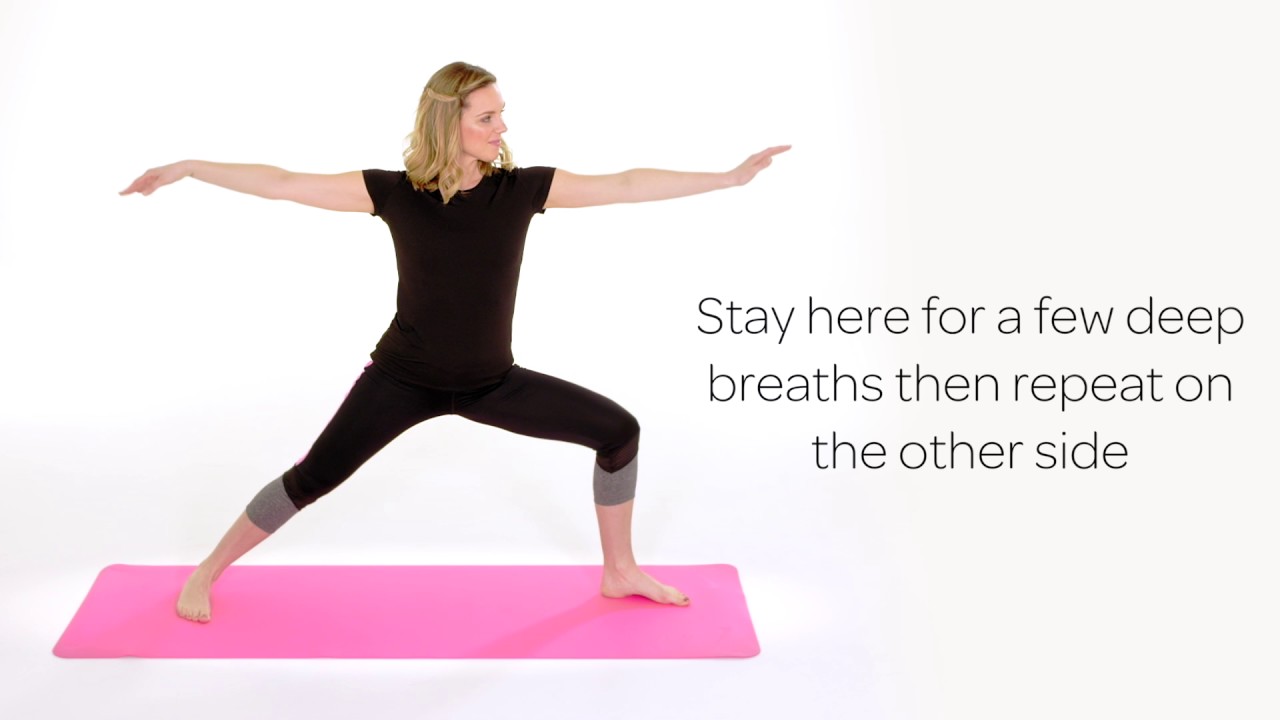
These yoga poses are great for loosening tight muscles. Here are four of the most common yoga poses that stretch the body. They include the Half Moon, Lao Tzu, Triangle, and Lunge from Malasana. Follow our videos to practice these poses! Listed below are the benefits of each pose. You will find that the benefits of each pose vary depending on which part of the body is being stretched. Therefore, choose the right yoga pose for you.
Lao Tzu pose
Yoga to stretch Lao Tzu pose correctly requires that you understand its mechanics and practice it properly. To be able to do this pose well, you must breathe evenly. The magic window for holding this pose is three to five minutes. If you feel pain, move back and adjust your breathing. Stop immediately if there is pain in the other side. Pain during a stretch can result from tightening of the muscles.
Half Moon pose
To achieve the best results, practice the Half Moon pose in yoga, and make sure you're in the correct alignment. You'll need to hold the posture with both feet together. This will prevent your knees locking together and allow you to apply equal pressure to both legs. To keep your attention on the moment, you must breathe easily throughout the posture. If you are unable to hold the pose for any reason, do not worry. You can simply continue the sequence or practice patience.
This yoga stretch works well for your hamstrings. It also gives you a great workout on your hips. You will need to be careful with your neck and balance one-handed, but it's definitely worth it! As a bonus, the pose strengthens the abdominal muscles and stretches the psoas muscle in your low back. It's also a great way to reduce stress, improve your body awareness, and improve your coordination and balance.
Lunge at malasana

Lunge in malasana strengthens your legs, arms and core. This pose requires that the front leg press into the mat while the right knee is directly above the ankle. The back leg will extend and engage the right leg. This will allow the left leg to extend back behind your body. To complete the pose turn your head so that your body is facing forward. Take 10-20 breaths, then repeat the process on the other side.
The lunge is also effective in reversing knee problems. You can perform this pose by starting with a table position, with your feet about four-foot apart. Now bend your left leg and place it above the ankle. Now, cross your left leg behind you. Keep your right foot flat on a flat surface. This contact can be painful for the knee. Take two to three inhalations each time you do this.
Triangle pose
Yoga's most common pose is the Triangle pose. This stretch improves strength and balance. To achieve it, the torso must be aligned with your topside ribs. For those who have injuries to the neck, back or hips, this pose can be difficult. You should practice slowly and take note of how long each position can be held comfortably before you move on to the next. A Health Intelligence Test will help you to learn the correct way. You will receive personalized health insights based upon your unique biology.
To get into the triangle pose, start by standing in Mountain Pose. It is located at the end of your mat. Exhale and extend your legs wide apart. Each person will have a different ideal position for this pose. The stretch will not be as effective if your legs are too close together. Likewise, too much space between your legs can cause strain to the hips. Try to find the right balance between your legs, so you feel stable in both. The pose should allow you to stretch your legs by folding inwardly.
Pose of the child
Child's Pose is a well-known pose in Yoga. But what exactly is it? What are the benefits of this pose? Here, we'll talk about how to perform Child's Pose correctly and safely. You should be familiar with the basics of this pose before you can begin. This is a seated pose where your torso and bolster are draped over your head. You can also rest your head on the side that is most comfortable for your neck.

If this is your first time doing the Child's Pose, it is important to know that the weight of the body pulls you into the pose. Child's pose is very passive. The arms are open and the torso is down. To support your knees, you can roll a towel. A pillow or blanket can be used to help you balance. It is best to practice this pose while your eyes are closed.
Side plank
Side Planks are a core strengthening exercise that emphasizes the hips as well as the legs. Start by placing your left leg on the inner right thigh. Press your heel into the inner thigh with your right foot. This will raise your hips and lengthen your tailbone. When positioned correctly, your top knee should point upward. If you have a condition such as scoliosis, this stretch will be helpful in treating it.
Side Plank: Position your top left hand behind the head and extend your right leg to the side. Now bend your bottom leg to reach your right arm through it. Then, extend your right leg and reach your right hand through it. Take five deep, slow breaths. You'll feel your core tighten and your legs lengthen. A side plank is an excellent core strengthening exercise.
FAQ
What are the five ways to improve wellbeing in your life?
A person's well-being can be defined as their "state of mental, physical, spiritual, or social well-being". There are many factors that affect our well being, including work, family, health, relationships and finances. The first step in improving your well-being involves identifying the areas of your life that need improvement. Then, you can work to make these changes.
These are five ways you can improve your well-being.
-
Exercise - Exercising makes you happier.
-
Sleep – Sleeping longer than 6 hours each night will reduce anxiety and stress.
-
Nutrition – Healthy foods such as fruits & vegetables can boost your mood.
-
Meditation - Regular meditation can reduce stress and anxiety.
-
Socialization - It is important to spend quality time with our family and friends.
What can psychologists tell us about mental health?
Psychologists believe that mental wellness is an essential component of human development. Psychologists believe that mental well-being is more than just being healthy.
Different views are held by psychologists about mental health. Some psychologists feel that mental health doesn't matter because there are so few people with mental illnesses. Other psychologists believe that mental health is extremely important because, without it, we cannot function properly.
What causes depression in teenagers?
Adolescence can be a time in our lives when we are beginning to define ourselves. We begin to figure out who we are as individuals and where we fit into society.
This is a time when we make new friendships and have romantic relationships. These experiences can lead to stress.
While stress is normal, you should seek out help if your stress levels are higher than usual.
Sometimes, it is not possible to handle everything on your own.
Support can come from family and friends during stressful times. They can also teach you ways to manage stress.
You might consider meditation or doing some exercise. Both can help with stress reduction.
A group, such as a church or sports team, is another option. You'll meet new people, make new friends.
Statistics
- It does have some influence, but not nearly as much as we might think, so focusing less on attaining wealth will likely make you happier (Aknin, Norton, & Dunn, 2009); (positivepsychology.com)
- Appropriate nutrition and exercise are likely among the most efficacious and cost-effective positive mental health interventions. (ncbi.nlm.nih.gov)
- According to the National Alliance of Mental Illness (NAMI), one in five Americans experiences mental health issues which translates to more than 40 million adults a year. (doctorondemand.com)
- Neuropsychiatric diseases are the leading cause of death and disability in the U.S., accounting for 18.7 percent of all years of potential lifespan loss and premature mortality.
- More than 40 million adults in the United States have an anxiety disorder, but less than 37% of people seek mental health treatment for their symptoms. (talkspace.com)
External Links
How To
How To Care For Children With Autism
Autism spectrum disorder is a neurodevelopmental disorder that results in repetitive behaviors and impaired social communication. ASD affects 1 in 50 people worldwide. However, there are no treatments.
Symptoms usually begin around 18 months of age in infanthood. The most common signs include difficulty understanding others' emotions, lack of eye contact, problems with language development, and difficulties in learning new skills. These symptoms can sometimes lead directly to severe behavioral problems such as aggression, anxiety and depression.
Although there is no known cause of this condition, researchers suspect that genetics may play a part. ASD could be caused by many factors including infections, stress, anxiety, medications, vaccinations, alcohol consumption, and smoking. Evidence suggests that certain viruses like rubella or measles could increase your risk of developing ASD later.
Early diagnosis and intervention are key to improving outcomes. Many families struggle with their child’s behavior after they turn 18. The severity of the symptoms and how much support is needed will determine the treatment options. Research has shown that therapies that focus on social interaction and reducing problematic behaviors can make an impact.